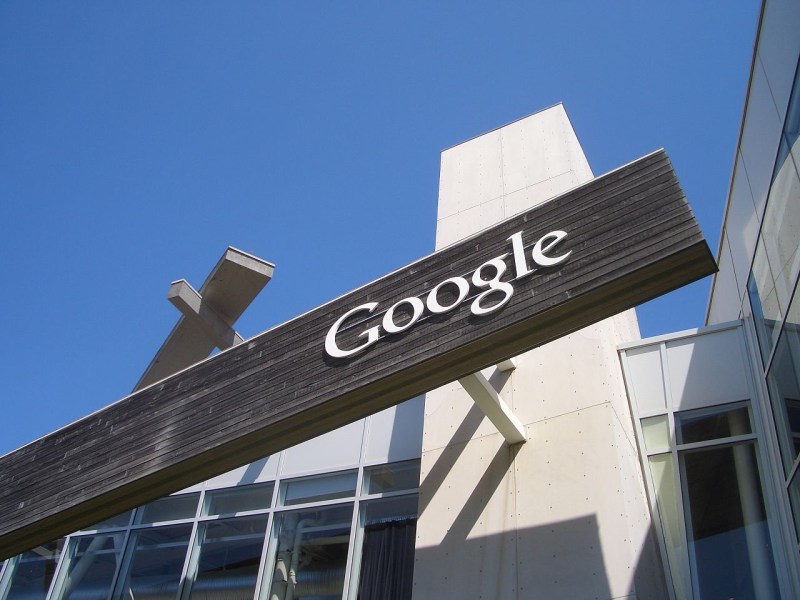In a paper published by Nature, Google announced on Wednesday that it had achieved “quantum supremacy” for the first time. According to Google, its quantum computer carried out in minutes a calculation that Google engineers believe would take a traditional computer 10,000 years to do.
“It looks like Google has given us the first experimental evidence that quantum speed-up is achievable in a real-world system,” Michelle Simmons, a quantum physicist at the University of New South Wales, told Scientific American.
But not all are impressed by Google’s announcement. IBM has claimed that Google’s 10,000 years estimate drops dramatically to just 2.5 days using a specific classical computing technique — and that it can be performed with “far greater fidelity.”
Although Google’s success in crossing the quantum supremacy barrier is an impressive academic achievement, quantum computing will need to improve before it can be applied practically. Google CEO Sundar Pichai told the MIT Technology Review that the experiment is like the first flight by the Wright Brothers — “the first plane flew only 12 seconds, and so there is no practical application of that,” he said. “But it showed the possibility that a plane could fly.”
It has long been theorized that quantum computers would have certain advantages over traditional machines. In the early 1980s, the famous physicist and teacher Richard Feynman suggested that quantum-physics simulations which might be prohibitively memory intensive on a classical computer could be done easily by a quantum computer.
In quantum mechanics, an electron has a certain probability of being in position A and a certain probability of being in position B. Sometimes this is referred to as the electron being in both position A and position B. For two electrons, a computer must keep track of four probabilities: the chance that both are in position A, both in B, one in A and B, or visa versa.
For three electrons, there are nine possible probabilities. For 20 electrons, a classical computer would need to keep track of 1,048,576 probabilities. For a physical system with millions of electrons, running such a probabilistic model would not be possible with current classical computers.
“[Feynman] noted the fact that using classical computers to predict the behavior of ideal quantum systems appeared to be a hard problem,” applied physics professor Hideo Mabuchi told The Daily. “There follows a natural conjecture that ideal quantum systems could potentially be designed [or] steered to yield experimental data that would correspond to the solution of specific computational problems that would be hard for classical computers to solve, where the prior observation suggests that exponential performance gains could be possible.”
However, the engineering difficulties surrounding quantum computing has meant that, before this announcement, there was not a single task that quantum computers were experimentally able to do more quickly than their quantum counterparts.
“Quantum computing is making an impact most immediately as a kind of design principle for some areas of experimental physics. Generally speaking, we have a really poor understanding of computing in the mixed classical-quantum regime,” said Macuchi. “It has taken nearly 25 years and very intensive investments of effort and money to get to the stage we are at now in the field.”
Contact Paxton Scott at paxtonsc ‘at’ stanford.edu
